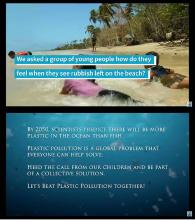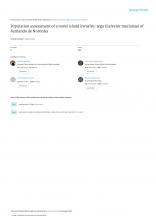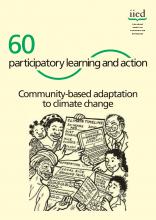Population assessment of a novel island invasive: tegu (Salvator merianae) of Fernando de Noronha


Island and Ocean Ecosystems, BRB
Available Online
Abrahão, C.R.
,
Dias, R.A.
,
Ferreira, F.
,
Russell, J.C.
,
Silva, J.C.R.
2019
Fernando de Noronha is an oceanic archipelago in the Atlantic Ocean, 345 km off shore from the Brazilian coast. It comprises 21 islands and islets, of which the main island (FN) is 17 km2 with a rapidly growing tourism industry in the last decades. Despite being a protected area and bearing Ramsar and UNESCO World Heritage site status, it is threatened by multiple terrestrial invasive species since its colonisation in the early 16th century. Invasive species and the increasing tourism contributes to a list of at least 15 endangered or critically endangered species according to IUCN criteria. The black and white tegu (Salvator merianae) is the largest lizard in South America, occurring in most of the Brazilian territory and reaching up to 8 kg and 1.6 m from head to tail. As an omnivorous and opportunistic lizard, it feeds on a variety of available items, including smaller vertebrates and eggs. The introduction of the tegu to FN as well as its immediate impact on local fauna were not recorded; however, its ongoing impact is expected to be high. We captured and marked 103 tegu in FN during the months of February and November of 2015 and 2016. We also counted animals by line-transect census in a sparsely inhabited and an uninhabited area of FN. Body size affected the capture probabilities, while season and sex had little or no effect. Densities estimated by capture-recapture in the sparsely inhabited area varied from 2.29 to 8.28 animals/ha according to sampling season. Line transect census in the same area revealed a density of 3.98 (±1.1) animals/ha and in the uninhabited area 13.83 (±3.9) animals/ha. Home range was 10.54 ha, ranging from 7.36 to 15.33 hectares. Tegu activity decreased in the months of July and August of 2015. Results from this study can assist conservation managers and decision makers to implement a science-based tegu management programme in the future.







